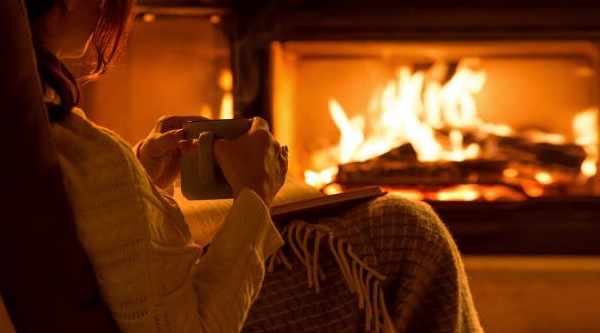News
16 July 2019
Can you afford to stay warm this winter?
If winter’s first power bill has left you cold and you’re worried about whether or not you can afford to keep warm this winter, you’re not alone.
Last year’s Electricity Price Review showed more than 100,000 New Zealand households spend more than 10 percent of their income on electricity bills.
Kiwi homes are generally cold and draughty so for seniors, whose household budgets are already quite tight, winter is a particularly expensive time of year.
The Winter Energy Payment, introduced in July 2018, is paid this year for five months from 1st of May to 1st of October to everyone getting NZ Super. The rate for single people is $20.46 a week, and couples get $31.82.
But rising residential power prices (79 per cent since 1990 ) and the fact that many pensioners don’t know how much their bills might be, means that some of them are still choosing to forgo heating rather than risk a high power bill.
Freya Wall, Programme Advisor from EECA Energywise says older people can not afford to go without.
“It’s a tricky balance between reducing your power bill while ensuring you stay warm and dry, especially if you’re older and vulnerable to getting sick. We recommend keeping warm by using efficient heating technologies like heat pumps.”
Wall says heat pumps are not only energy efficient, they also have low running costs compared to other heating tools – if used efficiently that is!

“There are many components with a heat pump, so get familiar with how to use it from the beginning and figure out what is a good setting for your home. Ask your installer lots of questions about how it works and make sure you know when to clean it and get it serviced. It makes a really big difference keeping those air filters clean, a good shake outside or a once over with a vacuum will let the air pull through more efficiently.”
EECA also recommends that seniors get online and use the HomeFit tool. HomeFit was created by the New Zealand Green Building Council to help people check whether their homes are warm, safe and dry. It checks things like draughts, heating, extractor fans and insulation.
While you ponder these options, here are a few more hot tips:
- Change out your lighting to LEDs. You won’t notice the difference initially but it’s a big money saver long term, saving up to $100 a year.
- Open your curtains in the morning to let the winter sun warm your home. Late afternoon, close them to keep the heat in. Make sure curtains overlap window frames and ideally run right to the floor.
- Try and retain heat by keeping out draughts by using draught stoppers around doors and windows.
- Keep an eye on heated towel rails – these can cost up to $170 per year to run so consider installing a timer.
- If you’ve got a spare fridge that you’re not really using, turn it off. An old inefficient one can cost up to $200 per year to run.
- Use an efficient showerhead.
- Where possible, wash your clothes in cold water. Hot water uses 10 times more electricity
- Don’t leave appliances on standby, including home entertainment and whiteware. This can cost up to $100 per year.
- If you’re using a woodburner, make sure your wood is dry.
- Look into DIY window insulation kits
- Don’t use indoor drying racks or clothes dryers that vent into your house.

"There are many components with a heat pump, so get familiar with how to use it from the beginning..."